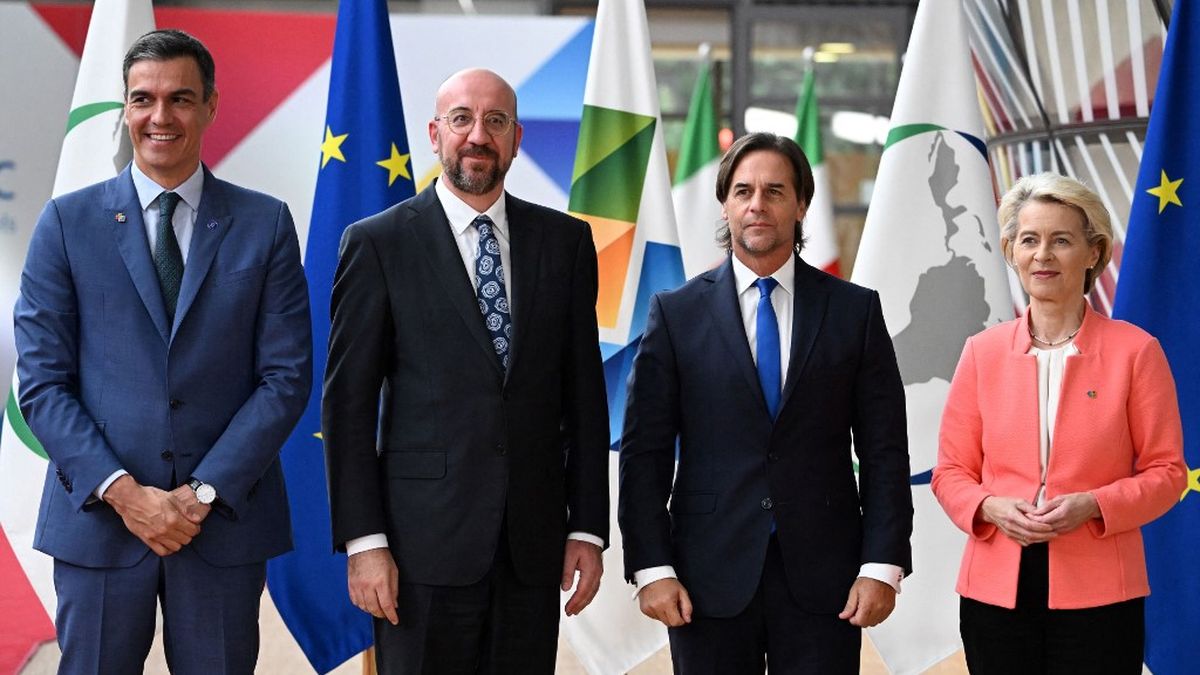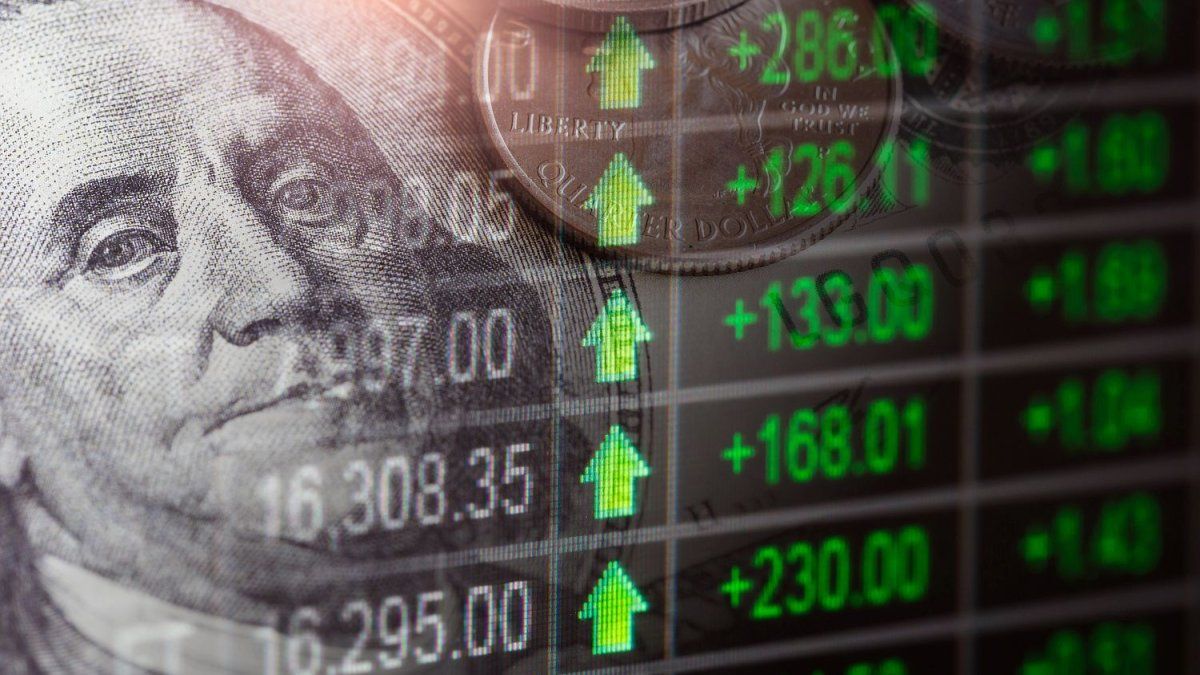Uruguay participates with limited expectations at the EU-CELAC summit, with a Mercosur that does not open up and with the EU offering more financing, when the country needs more markets.
It takes place this week European Union-CELAC Summit, 8 years after the previous one. The relationship between Latin America and Europe It is dynamic, although not without tension. Among other issues, it seems clear that the EU has renewed interest in our region since the growing chinese influence: decades ago Europe was the clear dominator in terms of trade and investment in our region, but the Asian giant has displayed increasing influence. In such a way that (according to data from 2022), China It is the main destination for exports of goods of Uruguay (28% of the total) and the EU comes second with 15%. In terms of investment, China also has a growing participation, although in Uruguay the progress is limited. is older in Argentina, and particularly in Brazil, as well as in Pacific countries (Peru, Chile).
The content you want to access is exclusive to subscribers.
He growing China-Latin America link It is not due to mere geostrategic deployments on the world stage: they are highly complementary economies. China’s huge (increasingly productive) labor force is nicely supplemented by the availability of minerals, food and other raw materials from South America, so trade arises naturally. Some countries in the region have tried to resist the advance of Chinese industrial products, but purchases from our continent are growing, in items of all kinds; as well as mineral and food exports to China from South America, which break records every year. The trend has moderated to the extent that the Chinese economy has not come out fully robust after the coronavirus crisis, but there is no going back on its relevance.


What can Europe offer? In the case of Uruguay, we said that it is the second commercial partner and its relevance in investments is even greater, being the main origin of Foreign Direct Investment (FDI). To the well-known investment in the pulp industry (by the Finnish company UPM and the Swedish-Finnish Stora Enso), we must add several investments in renewable energy (wind farms) and in the area of services such as telephony and communications, banking, ports, etc. It has been more difficult for the Chinese to break through in investments because they prefer to specify government-government agreements, while in Uruguay most opportunities appear in competitive markets. It must also be remembered that The strong position of Uruguayan state companies limits investment opportunities in certain strategic areas.
Beyond its relevance in investments, the EU today offers Uruguay a table with sweet and sour dishes. The EU-Mercosur agreement is not advancing and, meanwhile, sales to Europe have limitations, as Uruguay does not have a trade agreement as other countries in the region do (Mexico, Peru, Chile). In the agribusiness, For example, meat trade with the EU is quota-based: to the well-known hilton fee of 6,300 tons that pay a low tariff, quota 481 must be added, without tariff but whose size is reduced year by year. Out of these quotas, the meat Uruguayan has to pay a tariff of more than 3000 dollars per ton, in addition to 12%, which implies an almost insurmountable limitation. In the case of rice, The EU buys Uruguayan grain, but semi-elaborated (cargo) when Uruguay can provide polished rice, ready to eat. But for him, the tariff is multiplied. And there are more examples.
Countries like Argentina or Brazil (Uruguay’s partners in Mercosur) can face this type of European protectionist measures with similar strategies to prioritize their own industries, in addition to having a much larger market size. But Uruguay does not have that scale and – as long as the EU-Mercosur agreement is not signed – our country is a clear loser in the current situation of trade stagnation by the regional bloc. And it seems difficult for the aforementioned agreement to make any kind of progress at this summit, although hope is the last thing that is lost.
On the president’s agenda Luis Lacalle Pouin addition to a meeting with the president of the European Comission, Ursula von der Leyenincluded a meeting with authorities from the European Investment Bank (EIB). This bank (the world’s largest in investment and cooperation) is the EU’s tool to develop its initiative “Global Gateway”, through which it seeks to channel financing and support to other countries, including Latin America. It is a kind of counterproposal to the Chinese proposal for the Belt and Road. USA has done the same with his apep (acronym in English of the Alliance for Economic Prosperity).
Uruguay will sign a memorandum of understanding with the EIB (you don’t have it yet) to be able to access those new programs. Welcome is one more financing and support option, but Uruguay is already investor grade and financing is not lacking; what you need are more markets.
Source: Ambito




